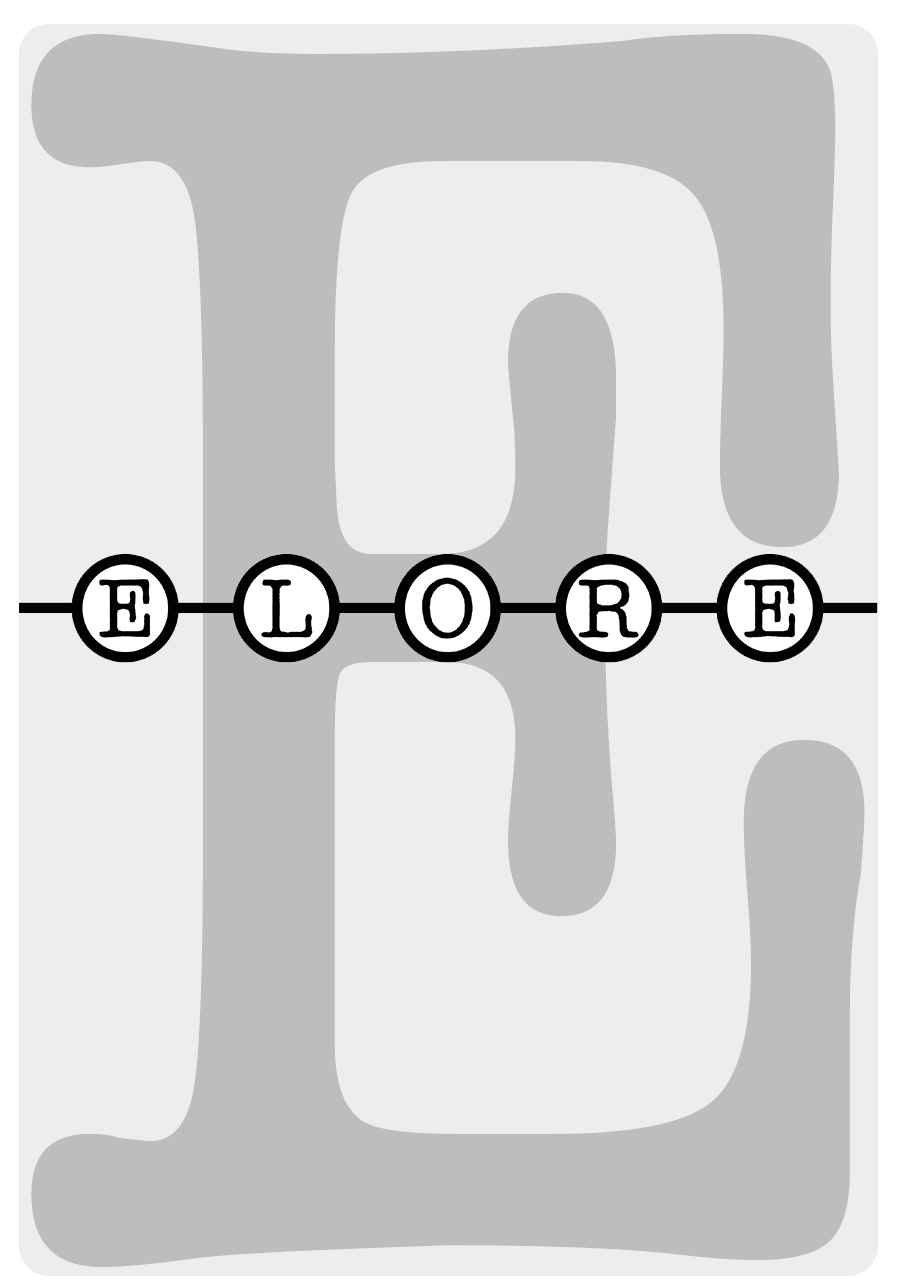Sinne ja takaisin: lähiökenttätyöstä kaupunkietnografiaan
This article is a methodological essay on ethnographic orientations in a context that is far-removed from the conventional settings of anthropological fieldwork. It is based on fieldwork done intermittently between 1985 and 2001 in Pozzuoli, a town bordering Naples in South Italy. The question of location takes many forms in anthropological research, and here three facets of this issue are discussed. Interpretations are patterned, first, by the presence of the researcher in a particular setting; second, by the ground set by the corpus of (regional) ethnographic traditions; and third, by transforming theoretical ideas and conventions of writing. Knowledge is eventually pieced together as an ethnographic narrative from ordinary and even seemingly insignificant minutiae of everyday life. The thickness of ethnographic descriptions is based on encounters where shared meanings open out through varying communicative, bodily and social orientations. The shifting of to a certain extent unpredictable fragments is the basis for understanding. Ethnography as a text and ethnography as a method are related in many ways before, during and after fieldwork.
DOI:
https://doi.org/10.30666/elore.78807Abstract
This article is a methodological essay on ethnographic orientations in a context that is far-removed from the conventional settings of anthropological fieldwork. It is based on fieldwork done intermittently between 1985 and 2001 in Pozzuoli, a town bordering Naples in South Italy. The question of location takes many forms in anthropological research, and here three facets of this issue are discussed. Interpretations are patterned, first, by the presence of the researcher in a particular setting; second, by the ground set by the corpus of (regional) ethnographic traditions; and third, by transforming theoretical ideas and conventions of writing. Knowledge is eventually pieced together as an ethnographic narrative from ordinary and even seemingly insignificant minutiae of everyday life. The thickness of ethnographic descriptions is based on encounters where shared meanings open out through varying communicative, bodily and social orientations. The shifting of to a certain extent unpredictable fragments is the basis for understanding. Ethnography as a text and ethnography as a method are related in many ways before, during and after fieldwork.##submission.downloads##
Publicerad
Referera så här
Nummer
Sektion
Licens
Tidskriften följer den så kallade "diamantmodellen" för öppen publicering: tidskriften tar inte ut några avgifter från författarna, och de publicerade texterna är omedelbart fritt tillgängliga på vetenskapstidskrifternas Journal.fi-plattform. Genom att skicka in en artikel till Elore för publicering godkänner författaren från och med september 2024 att verket publiceras under licensen CC BY 4.0. Enligt licensen får andra kopiera, sprida, distribuera och visa det upphovsrättsskyddade verket och eventuella bearbetade versioner av det, under förutsättning att de anger licensen, den ursprungliga publikationen (länk eller referens) och författaren som originalupphovsperson. Alla gjorda ändringar måste anges.
Upphovsrätten till texterna förblir hos författarna, och parallellpublicering är tillåtet. Detta gäller även texter som publicerats före september 2024. Publiceringsinformationen från Elore ska synas i parallellpubliceringen.
Användningslicensen för metadata till publicerade artiklar är Creative Commons CC0 1.0 Universal.





